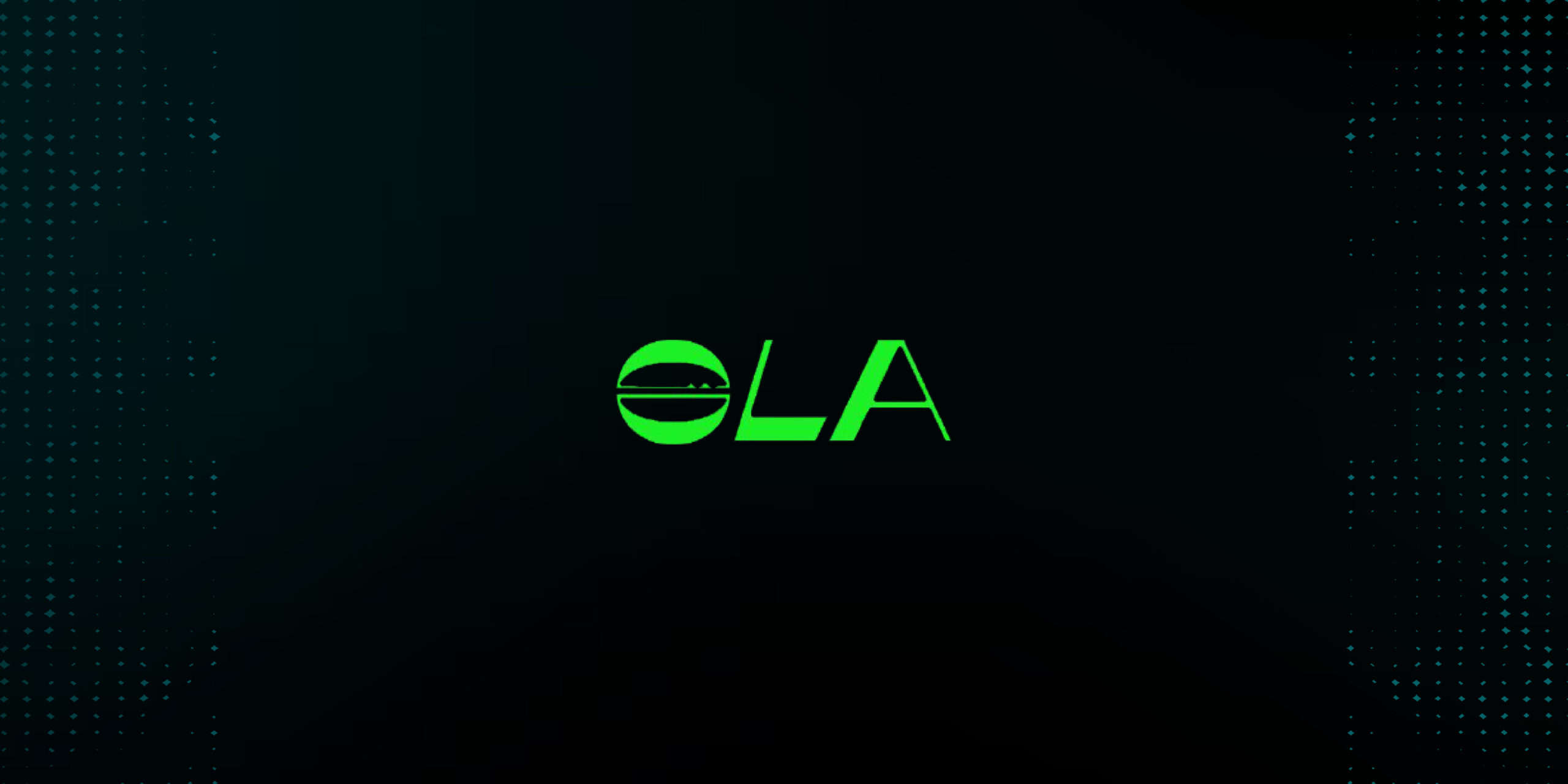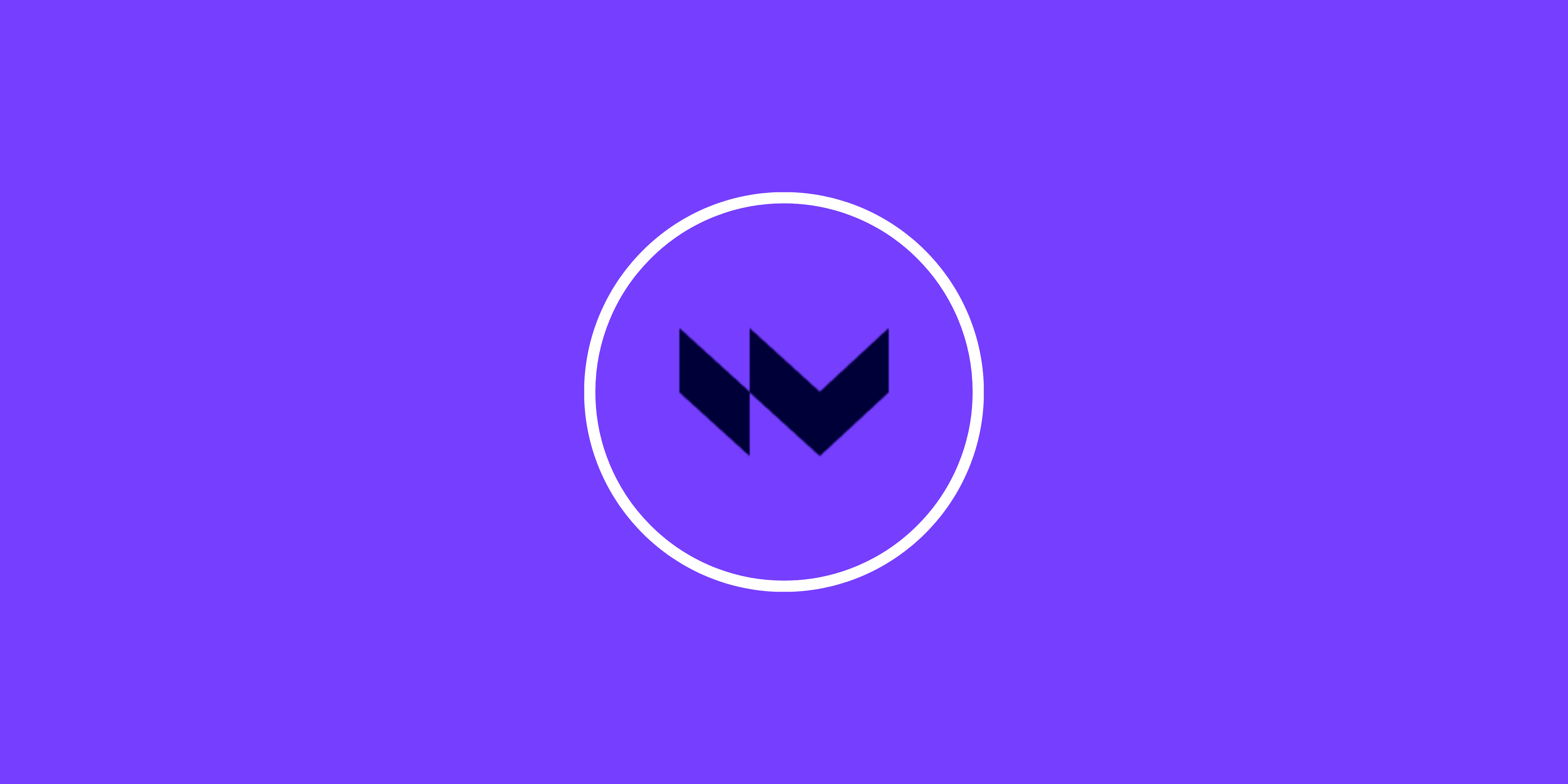Introduction
In this review, we will delve into the innovative features, architecture, code quality, product roadmap, usability, and the team behind OlaVM, a privacy-focused Layer 2 platform built on zero-knowledge proofs (ZKPs). Our objective is to provide an unbiased analysis of OlaVM without engaging in any promotional activities.
Innovation
OlaVM‘s utilization of ZKPs enables programmable and scalable privacy for smart contracts. It employs a ZK-ZKVM system, which leverages ZK technology to implement a verifiable circuit system for general computation. The unique aspect of OlaVM is its additional layer of privacy, ensuring the confidentiality of witness data through permissioned private keys.
OlaVM Architecture
OlaVM boasts a robust architecture comprising several key components:
- Ola-lang: A general-purpose programming language (GPL) for smart contract development and ZKP generation. Based on the LLVM compilation framework, Ola-lang offers compatibility with other advanced programming languages. Its primary design goals include security, efficiency, universal usability, and Turing completeness.
- OlaVM: A zero-knowledge virtual machine (ZKVM) responsible for executing programs compiled from Ola-lang. It generates trace tables the ZKP prover utilizes to construct the ZKP proofs. OlaVM is a feature-rich ZKVM capable of efficiently handling complex computations and data structures.
- Ola Network: A programmable privacy network supporting various privacy design options for smart contracts. It empowers users to control their asset information and on-chain data, sharing it securely with third parties using viewing keys. Ola Network also provides a developer-friendly suite of tools, including the Ola-lang plug-in for Visual Studio Code.
Code Quality
The code quality of OlaVM is commendable, with a well-commented codebase. However, there is room for improvement in terms of testing. The project is continuously evolving and aims to enhance code quality further.
Product Roadmap
OlaVM is a rapidly developing project with plans to launch its mainnet in Q1 2024. The platform intends to support smart contracts written in both Ola-lang and Solidity. This commitment to ongoing development demonstrates OlaVM’s dedication to delivering a robust and versatile solution.
Usability
OlaVM prioritizes usability for both developers and end customers. With Ola-lang’s syntax similar to Rust and its integration with Visual Studio Code, developers can quickly adopt the platform. For end customers, Ola Network offers user-friendly controls for data sharing, continuous monitoring, and asset ownership.
Team
The team behind OlaVM comprises a group of active developers with a strong background in Git. Their solid coding style reflects their expertise and commitment to the project. The team ensures the project’s progress and success with continuous contributions and a supportive community.
Conclusion
OlaVM is an innovative privacy-focused Layer 2 platform built on ZKPs. Its robust architecture, encompassing Ola-lang, OlaVM, and Ola Network, provides a comprehensive solution for programmable and scalable privacy in smart contracts. The project showcases good code quality and an ambitious product roadmap; areas such as testing and mainnet launch can be further improved. With a dedicated team and a commitment to usability, OlaVM has the potential to make a significant impact in the crypto space.
| Initial Screening | |||
| Keep researching | |||
| Does this project need to use blockchain technology? | Yes | ||
| Can this project be realized? | Yes | ||
| Is there a viable use case for this project? | Yes | ||
| Is the project protected from commonly known attacks? | Yes | ||
| Are there no careless errors in the whitepaper? | Yes | ||
| Project Technology Score | |||
| Description | Scorecard | ||
| Innovation (Out Of 11) | 11 | ||
| How have similar projects performed? | Good | 2 | |
| Are there too many innovations? | Regular | 2 | |
| Percentage of crypto users that will use the project? | Over 11% | 5 | |
| Is the project unique? | Yes | 2 | |
| Architecture (Out of 12) | 10 | ||
| Overall feeling after reading whitepaper? | Good | 2 | |
| Resistance to possible attacks? | Good | 2 | |
| Complexity of the architecture? | Not too complex | 2 | |
| Time taken to understand the architecture? | More than 1 hour | 0 | |
| Overall feeling about the architecture after deeper research? | Good | 4 | |
| Has the project been hacked? | No | 0 | |
| Code Quality (out of 15) | 12 | ||
| Is the project open source? | Yes | 2 | |
| Does the project use good code like C,C++, Rust, Erlang, Ruby, etc? | Yes | 2 | |
| Could the project use better programming languages? | No | 0 | |
| Github number of lines? | More than 10K | 1 | |
| Github commits per month? | More than 10 | 2 | |
| What is the quality of the code? | Medium | 1 | |
| How well is the code commented? | Outstanding | 2 | |
| Overall quality of the test coverage? | Good | 1 | |
| Overall quality of the maintainability index? | Good | 1 | |
| When Mainnet (out of 5) | 5 | ||
| When does the mainnet come out? | Mainnet | 5 | |
| Usability for Infrastructure Projects (out of 5) | 5 | ||
| Is it easy to use for the end customer? | Yes | 5 | |
| Team (out of 7) | 5 | ||
| Number of active developers? | 5+ | 2 | |
| Developers average Git Background? | Intermediate | 1 | |
| Developers coding style? | Solid | 2 | |
| Total Score (out of 55) | 48 | ||
| Percentage Score | |||
| Innovation | 20.00% | ||
| Architecture | 18.18% | ||
| Code Quality | 21.82% | ||
| Mainnet | 0.00% | ||
| Usability | 9.09% | ||
| Team | 9.09% | ||
| Total | 87.27% |





